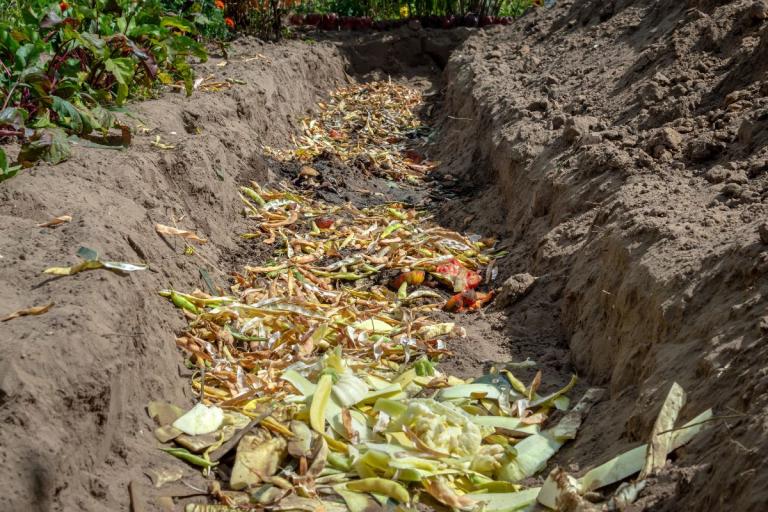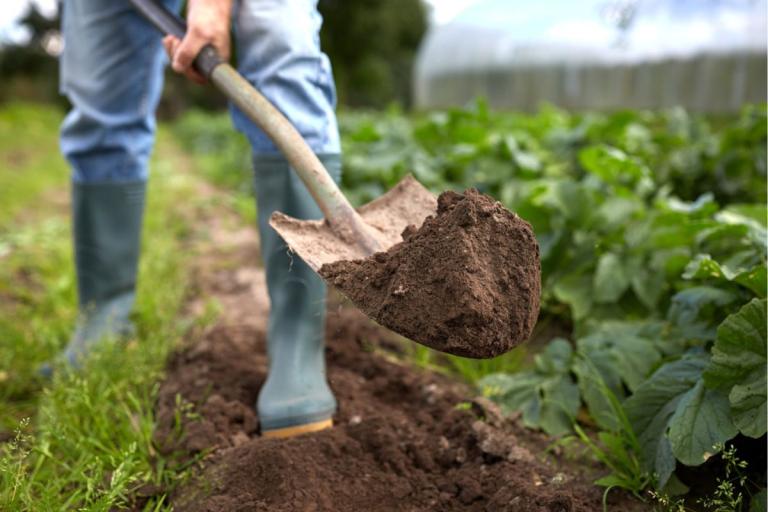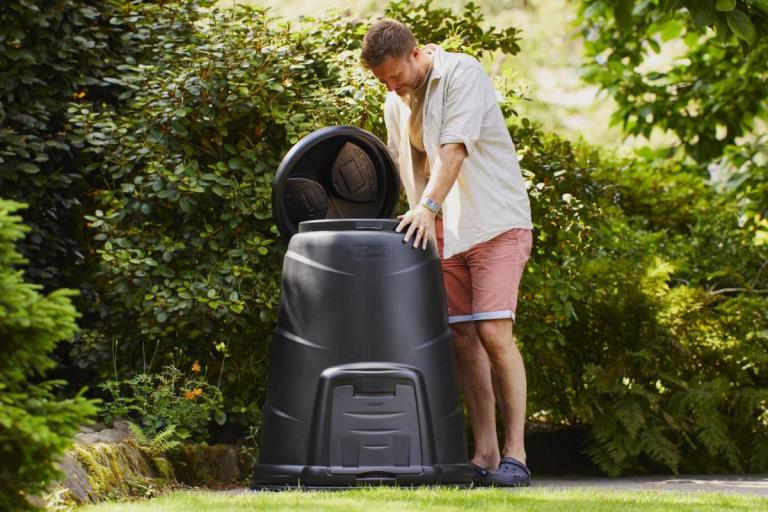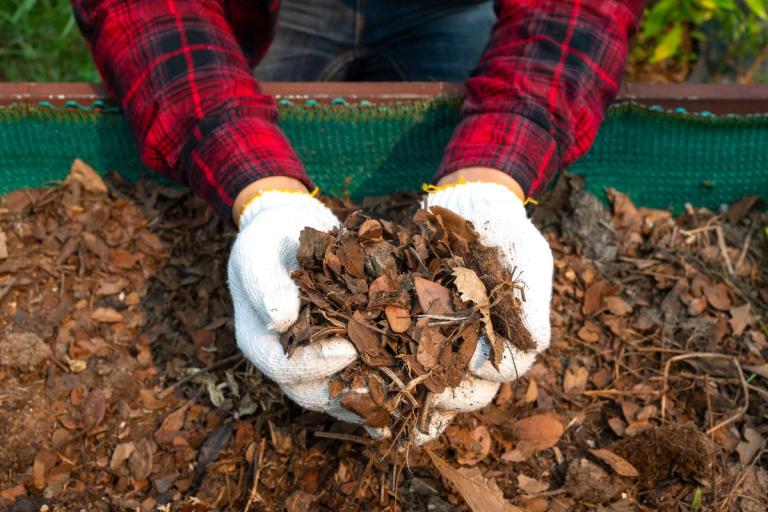How to compost this winter

Keep your compost bin warm in winter
As the temperatures drop in the winter, the activity inside your compost bin will slow. But this is nothing to worry about. Continue to add an even mixture of wet and dry materials. If the weather is particularly wet, you can use dry leaves that you may have collected in autumn and scrunched up newspaper and cardboard to soak up the moisture.
Avoid adding woody twigs and thick branches to your compost bin as they won’t easily compost. It’s also important to help keep the compost bin warm for the creatures to continue to work inside. You can do this more easily by insulating the top of the bin with layers of leaves, straw, cardboard or sawdust. You could even use an old piece of carpet to wrap around and insulate your bin.
Be patient in the winter months. As long as you keep turning and adding to your compost bin, the process will still be working.
Trench composting
Trench composting is an easy way to give your vegetable crops a boost in the next growing season. By putting your organic kitchen waste in a trench to rot down over winter, you’ll add nutrients to the soil and help retain moisture.
Dig a trench one spade wide and one or two spades deep. Then fill it with alternating layers of kitchen waste and garden soil. When it's full, cover with the remaining soil and leave it to settle for a few months before sowing or planting.
This is ideal for growing hungry crops such as beans, courgettes and pumpkins.



